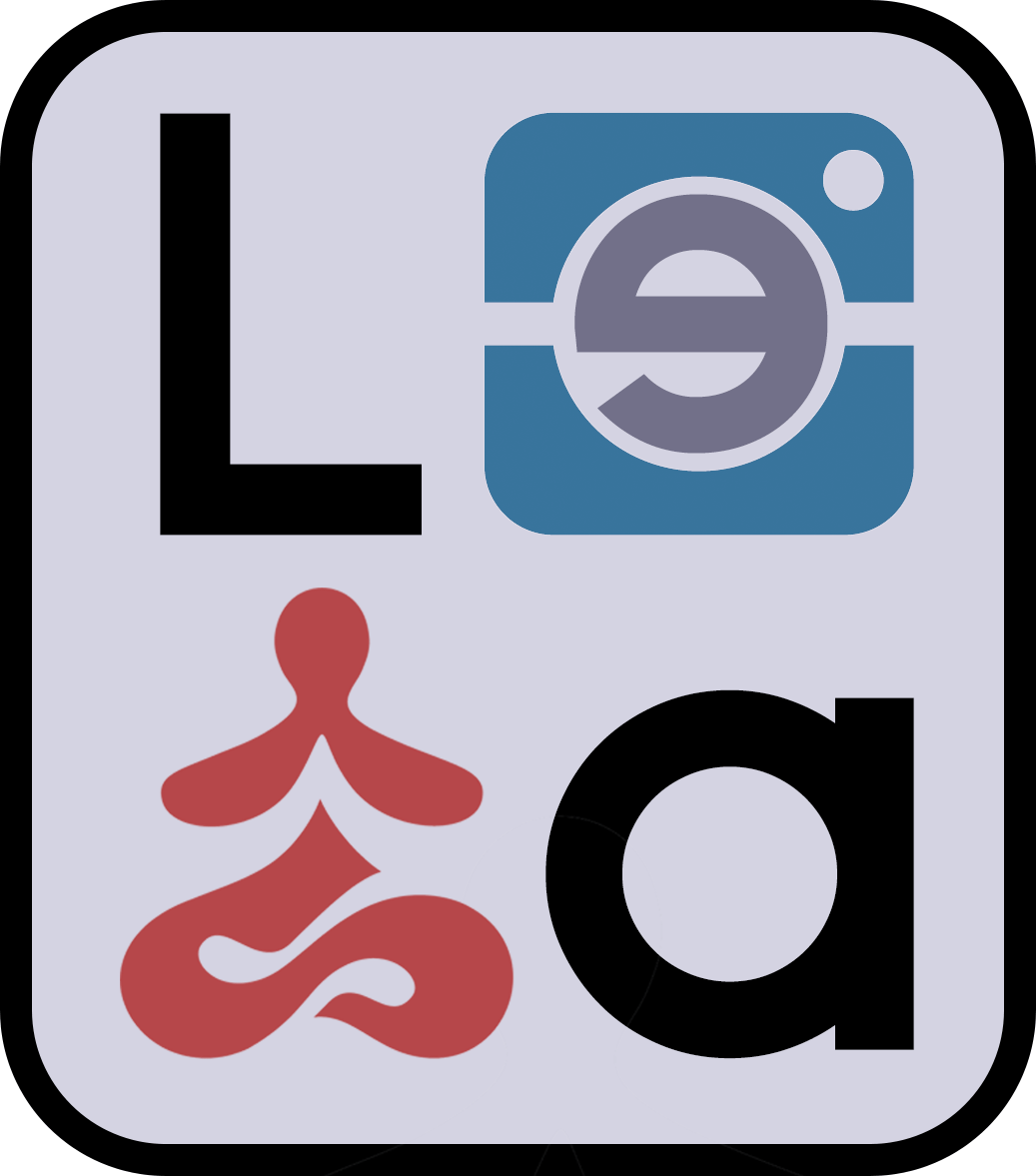5 Senses - Sight
I want to save the sense of sight for last because it is arguably the most important of all. Today, we will explore how to integrate the sense of sight into your yoga practice.
You may think that using sight during yoga is something you already do. While yoga is often associated with breathing, meditation, and physical postures, the sense of sight and conscious observation play a crucial role in this journey. Intentionally integrating sight not only enhances our practice but also deepens our connection with both our environment and ourselves.
The sense of sight is fundamental to how we perceive the world and our own bodies. It allows us to observe our movements, interpret environmental cues, and establish a visual connection with other practitioners and the instructor. In yoga, sight can guide and inspire us, leading us into a state of mindfulness while also fostering curiosity.
Conscious observation is a powerful tool for cultivating presence during practice. By paying attention to what we see, we can adjust our postures, identify areas of tension, and improve alignment. Additionally, the sense of sight helps us connect more deeply to our surroundings by observing the space, decorations, lighting, and colours around us.
Practice Mindful Observation in Yoga
Observe Your Body: Before beginning your practice, take a moment to observe your body in its current state. Notice how it feels, any areas of tension, and your alignment. This mindful observation will help you adapt your practice to your needs for the day.
Focus Your Gaze: During asanas, choose a fixed point (drishti) to focus on. This not only aids in maintaining balance but also strengthens your connection with your body. By fixing your gaze, you reduce distractions and cultivate inner calm.
Observe Your Surroundings: Pay attention to your environment while practicing. Notice how the light shifts, the colours of the walls, the presence of plants, or any objects in the space. This awareness keeps you present and engaged.
Visual Meditation: Integrate sight into your meditation by focusing on a simple object, such as a lit candle or a mandala. This practice calms the mind and enhances your observational skills.
Visual Closure: At the end of your practice, take a moment to turn your gaze inward. Close your eyes and visualise the flow of energy throughout your body. This reflection helps you absorb and integrate the sensations cultivated during practice.
Additional Resources and Tips for Using Sight in Yoga
Online Classes with a Visual Focus: Look for classes where the instructor emphasises alignment and posture observation.
Mirrors: If practicing at home, use a mirror to check your alignment. However, avoid fixating on appearance—use it as a tool to find balance.
Guided Meditations: Listen to guided meditations that incorporate mindful observation. Many meditation apps offer sessions focused on visualisation and mindfulness.
Photography and Art: Engage in photography or drawing as meditative practices. Capturing visuals or illustrating your sensations and postures can enhance your observational skills and deepen your connection to your surroundings.
Also sight plays a crucial role in improving concentration, balance and stability. By fixing the eyes on a specific point, you quiet mental distractions and enter a a meditative state. By consciously controlling where and how you look, you can shift between external awareness and inner perception, deepening mindfulness.
Another view is the inner sight. This has also helped me with during my yoga practice is to reduce mental and emotional distractions. When I control and focus my sight, I prevent external distractions from pulling attention away. While practicing restorative or yin yoga, softening or closing the eyes helps to calm the mind and relax the nervous system.
Beyond the physical yoga is about developing the inner sight or third eye awareness. The ability to see with clarity beyond distractions and ilusions. Focusing inward nurtures self awareness, intuition and deeper wisdom.
Sight is likely our most used and vital sense. Integrating it into yoga not only improves technique but also fosters a profound connection with ourselves and the world around us. Through mindful observation, we create space for growth and reflection, transforming our practice into a truly enriching experience. When used intentionally, sight becomes a powerful tool that leads us to a state of calm and heightened awareness.
I invite you to explore this aspect of your practice and discover the power of seeing beyond the obvious!


